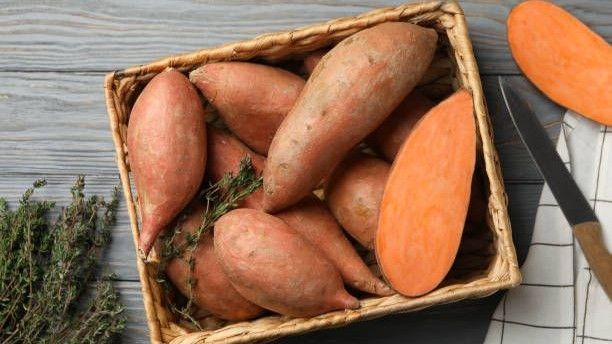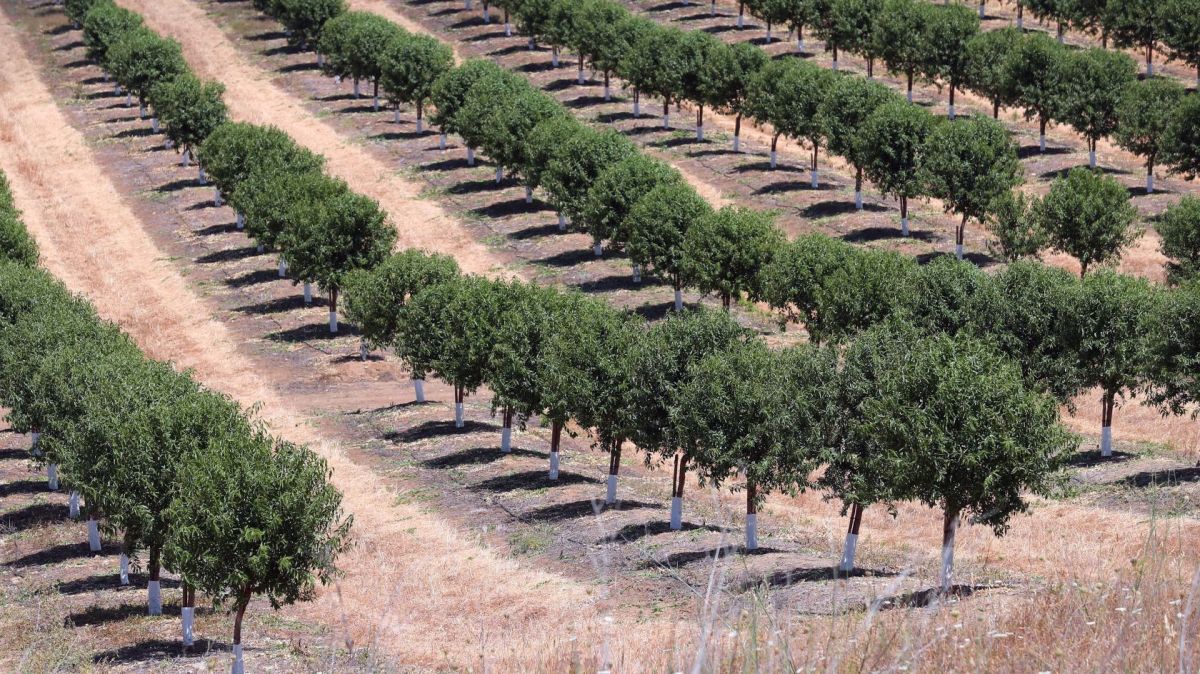“What we have been able to ascertain at this point, [after] a month and a half since the start of the harvest, is a reduction that we estimate to be around 30%,” Patrícia Cotrim, from the Alentejo Winegrowers' Technical Association (ATEVA), told the Lusa news agency.
The association’s technical and executive director emphasised that there are even “more serious and extreme cases” where the drop is greater.
In a statement sent to Lusa today, ATEVA referred to an average 30% reduction in the quantity of grapes harvested and specified that, in the “most serious situations”, the campaign is seeing “reductions of around 40%” compared to last year.
In this note, the technical association makes a “first assessment of the productive impact of the 2025 campaign” based on data collected in the field from its members, who own 17,000 of the 23,000 hectares of vineyards in Alentejo.
According to Patrícia Cotrim, the drop in production is widespread throughout the region, although there are also “winegrowers who have no losses or no significant losses”.
This year’s harvest “started a little later than usual” and is expected to continue for “another three weeks to a month,” she said, noting that ATEVA’s data mainly concerns white wine grape varieties, which are harvested first, but red grape varieties are also included.
Difficult agricultural year
The technical and executive director of ATEVA explained that the loss is due to this “particularly difficult agricultural year”, marked by “a lot of rain until April, which prevented or made it very difficult to enter the vineyards to carry out certain treatments and operations that are appropriate at that time”.
And then there was “extreme and very prolonged heat”, which was also not beneficial, she added, pointing out that the Alentejo always has periods of heat, but this year “they were much more prolonged than normal”.
As a result, there was less fruiting: “We have grapes that do not weigh much, as they say, [that is] we have trailers full of grapes that, instead of weighing 10 tonnes, weigh seven, and this is largely due to this combination of factors,” stressed the director.
Fundamental pillar of the region
According to ATEVA, “viticulture in Alentejo, a fundamental pillar of the regional economy and the greatest expression of the territory’s agricultural and cultural identity, is thus facing one of the most challenging years of the last decade”.
“The drop in production, combined with the low price paid to winegrowers for their grapes, calls into question not only the economic sustainability of the sector, but also the social and environmental balance of an activity that shapes the landscape, fixes the population and projects the Alentejo as a national and international wine-producing region,” the association pointed out.
When asked by Lusa whether, given this scenario, the measure now approved by the Government to allocate 50 cents per kilo of grapes delivered for distillation to Douro winegrowers is yet another blow to the sector, Patrícia Cotrim agreed.
Sector in crisis
“We have a sector in crisis, with grape prices remaining low, and we already had a very high vineyard abandonment rate last year, with around 800 hectares uprooted and around 100 hectares abandoned,” which has “a major impact on the Alentejo [and] on exports, and this should concern us all,” she argued.
Therefore, “this duality of criteria” by the Government, supporting the Douro and leaving out other regions, “worries [winegrowers] in the Alentejo,” said Patrícia Cotrim, adding that she hoped “the situation would be reviewed.”
On 29 August, the president of the Alentejo Regional Wine Commission, Luís Sequeira, told Lusa that the Alentejo is “stunned” and “in shock” at the government’s support for Douro winegrowers of 50 cents per kilo of grapes delivered for distillation.












